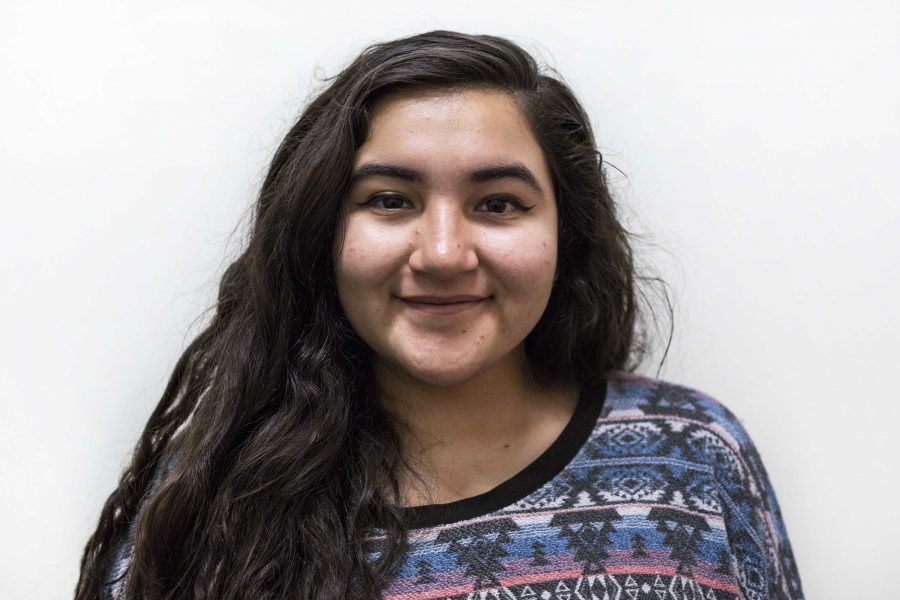No More LGBT Character Tragedies
March 6, 2017
For the past few days, director Bill Condon of the highly anticipated live-action “Beauty and the Beast” remake has been in the news for revealing that the film would make history with Disney’s first ever LGBT character. Already, the revelation has caused controversy — with many applauding and many shaming Disney for the move — one theater in Alabama is even refusing to screen the film.
The character in question is the infamous LeFou — a name which roughly translates to “the fool” — whose subplot follows him questioning his feelings towards his abusive best friend, the heterosexual and misogynistic Gaston. Not only does making a traditionally villainous and comedic character gay suggest that LGBT characters should not get happy endings, but it also portrays sexuality as a joke rather than a significant component in a character’s development. The media as a whole should be held accountable for enforcing stereotypical representation and should instead produce more fleshed out, accurate LGBT portrayals.
Around nine million Americans identify as part of the LGBT community, and like most minorities, they rarely get to see themselves on the big screen, especially in children’s films. To send this message to LGBT youth — where the character that represents them has their feelings rebuked — is careless and will ultimately do more harm than good. About 40 percent of homeless youth identify themselves as LGBT, putting them at greater risk of being victimized and developing mental health issues. Already feeling rejected by their own families, these adolescents should not see themselves in the media as characters who are also rejected or follow storylines that portray their sexuality in a negative manner.
But Disney is not the only promoter of this problematic depiction of the LGBT community. TV shows such as “Modern Family,” “Glee” and even “Friends” have been doing so for years. In 2015, about 17.5 percent of major films released contained LGBT characters. More often than not, however, these roles are purposely used to evoke humor or push a negative stereotype of the LGBT community. Only eight of the 22 film studios to include LGBT characters passed the Vito Russo test, which calculates these characters’ portrayals in a way that mirrors the Bechdel test, a rating system based on whether or not women in a film discuss something other than a man. None of these studios obtained a good grade, and Disney failed altogether. Negative depictions of LGBT characters only further cement the community as being different from the norm rather than playing an active and important part in society.
Being the media powerhouse that it is, Disney should not rely on subtle implications to make supposed history within the LGBT community. It is better to have no representation at all than one that does not help further a positive LGBT agenda and indirectly weakens it instead. With the new political movements impacting LGBT rights, the media must give the community the positive representation it has long yearned for and deserves.
Opinions expressed on the editorial pages are not necessarily those of WSN, and our publication of opinions is not an endorsement of them.
Email Melanie Pineda at [email protected].



























































































































































